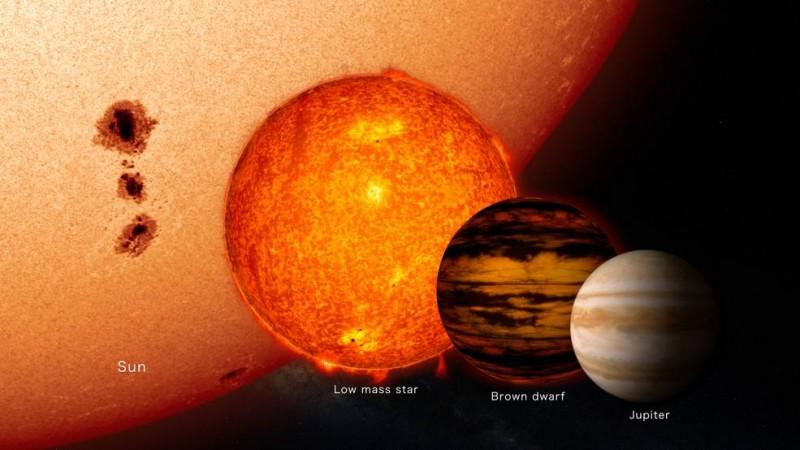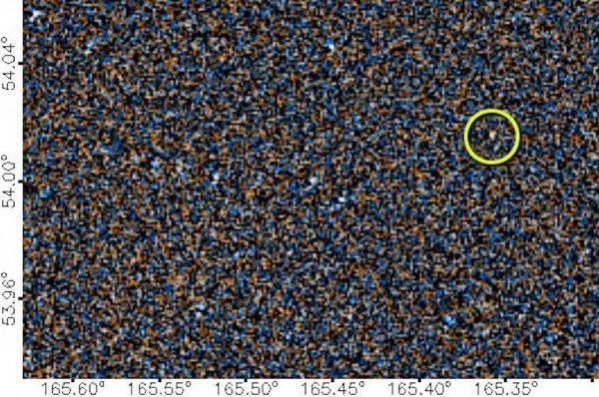
A new brown dwarf has been discovered with the help of four citizen scientists. These scientists were a part of the Planet 9 project—a NASA-funded Backyard Worlds project –which hundreds of other citizen scientists work for. The new brown dwarf star has been dubbed WISEA J110125.95+540052.8.
Also Read: Astronomers discover mysterious signals from a nearby red dwarf star
Rosa Castro is one of the citizen scientists, who works as a therapist by profession and amateur astronomer, who scanned publicly available "flipbooks" containing time-lapse images. She had spotted a moving object unlike any other, a statement revealed.
Castro was analysing the slightest movement among the space images, which point toward the documentation of a fast-moving objects transit by NASA's Wide-field Infrared Survey Explorer infrared images.

"I am not a professional. I'm just an amateur astronomer appreciating the night sky. If I see something odd, I'll admire and enjoy it," Castro said.
The NASA-funded Backyard Worlds project was created to help the search for a mysterious object like the hypothetical planet – Planet 9 -- which is believed to be hiding beyond Neptune's orbit.
"We realised we could do a much better job identifying Planet Nine if we opened the search to the public," said lead researcher Marc Kuchner, an astrophysicist at NASA's Goddard Space Flight Center in Greenbelt.
"Along the way, we're hoping to find thousands of interesting brown dwarfs," Kuchner added.
Most of the exoplanet hunting is done by computer algorithms; best even the best algorithm models are not that efficient. It's not possible for the full-time astronomers to scan through thousands of images due to lack of time. Dozens of brown dwarf candidates can be detected with the help of the citizen scientists with the help of the project.
"What's special about this object -- besides the way it was discovered -- is that it's unusually faint," Adam Schneider, an astronomer at Arizona State University, said. "That means our citizen scientists are probing much deeper than anyone has before."
The astronomers hope that the citizen scientist project soon spots a rare cluster of small and cold brown dwarfs called Y dwarfs.
"They're so faint that it takes quite a bit of work to pull them from the images, that's where Kuchner's project will help immensely," said Adam Burgasser, a researcher at the University of California, San Diego.
"Anytime you get a diverse set of people looking at the data, they'll bring unique perspectives that can lead to unexpected discoveries," Burgasser concluded.

















